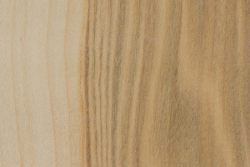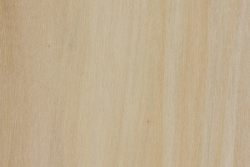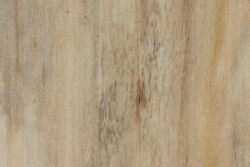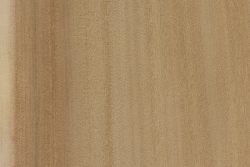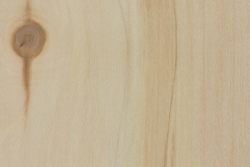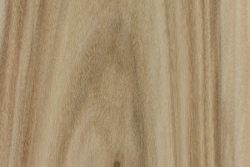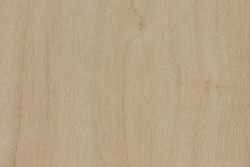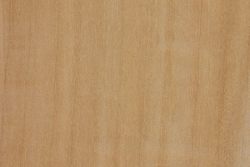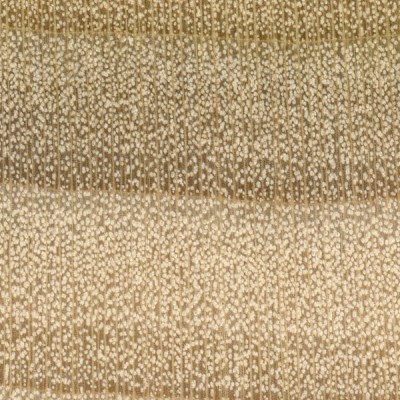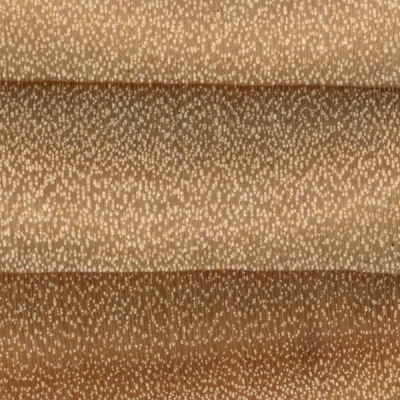by Eric Meier
In the United States, the term “poplar” almost always refers to a specific wood species: Liriodendron tulipifera. Other common names for this wood include yellow poplar, American tulipwood, or tulip poplar. The only problem with referring to this species as “poplar” is that—botanically speaking—it isn’t actually a type of poplar. That title properly belongs to a genus of trees appropriately named Populus.
Types of poplar
Liriodendron genus (not closely related to true poplars, it’s actually from the Magnoliaceae family, and is technically closer in relation to the various magnolia species)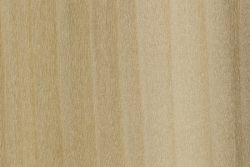
Populus genus (this contains true poplars, as well as related trees such as cottonwood and aspen)
Characteristics of poplar wood
Regardless of the genus, all poplar woods (true or otherwise) have a few similarities.
- They are all relatively lightweight and soft (as a matter of fact, Populus species rank among the very softest woods in the world).
- They all have relatively small pores which finish to a smooth texture without the need for pore fillers.
- Most of these trees grow quite large and furnish wide, clear boards.
- Anatomically, they are all diffuse (or semi-diffuse) porous hardwoods.
Yellow poplar vs Populus genus
Color: Yellow poplar (Liriodendron tulipifera) generally has a green/olive cast to certain portions of the wood. This can sometimes be enough of an indicator to separate it from other Populus species, but to ensure separation, a closer look at the endgrain is needed. Rays: A helpful key in differentiating these two genera is in the rays. Yellow Poplar will have comparatively large rays that can even give the wood a modest amount of ray fleck on quartersawn surfaces. By contrast, Populus genus species will have very narrow rays that are invisible with the naked eye, and just barely visible at 10x magnification.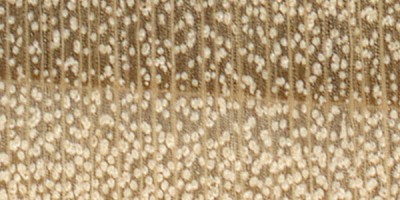
Populus species identification
For identification purposes, Populus species can be divided into two main groups: cottonwood (including poplars), and aspen. Species in the cottonwood group have a foul odor when wet, have slightly larger earlywood pores (edging toward semi-ring-porous), are coarser textured, have less natural luster, and are darker in color—never the stark white color found in some pieces of aspen.Cottonwood group (Populus genus)
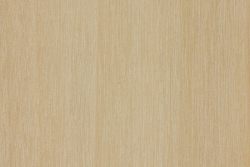
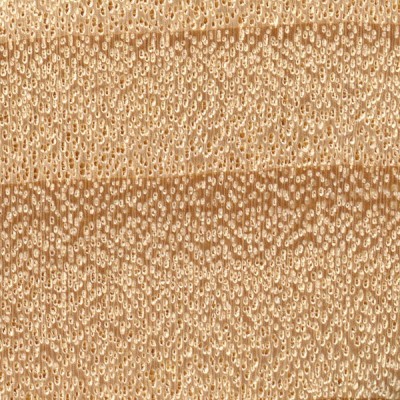
Included species:
- White poplar (Populus alba)
- Balsam poplar (Populus balsamifera)
- Eastern cottonwood (Populus deltoides)
- Black poplar (Populus nigra)
- Black cottonwood (Populus trichocarpa)
Characteristics:
- Larger earlywood pores
- Heartwood grayish brown
- Foul odor when green
- Coarser texture (when compared to aspens)
- Low natural luster
Lookalikes:
Willow (Salix spp.) Separation is tenuous, and is based on color. Willows tend to be more reddish brown, while cottonwood Populus species tend to be more of a grayish brown.
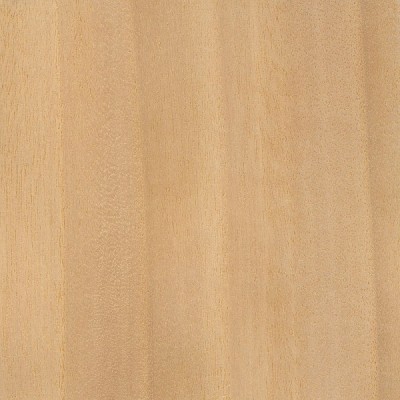
Aspen group (Populus genus)

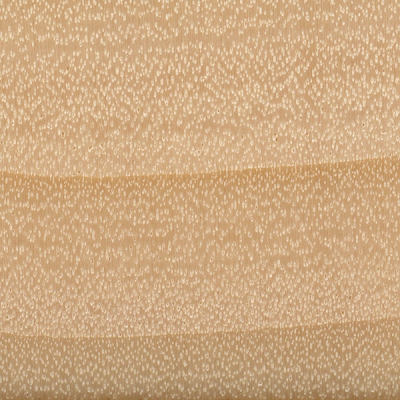
Included species:
- Bigtooth aspen (Populus grandidentata)
- European aspen (Populus tremula)
- Quaking aspen (Populus tremuloides)
Characteristics:
- Smaller earlywood pores
- Heartwood generally paler in color
- Little noticeable scent, even when wet
- Medium texture (when compared to cottonwoods)
- Moderate natural luster
Lookalikes:
Basswood (Tilia americana) The pale color and light weight closely matches aspen. However, as with distinguishing yellow poplar (Liriodendron tulipifera) from Populus species, the difference can be seen in the rays when looking closely at the endgrain. The rays of Basswood are much more pronounced than aspen, and are also noded at the growth ring boundaries.
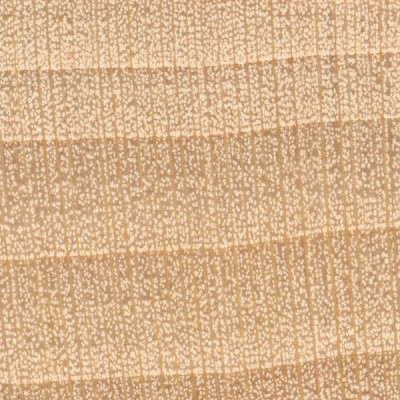
Get the hard copy
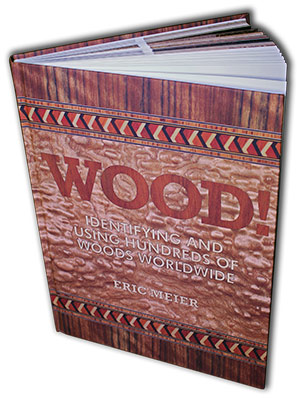 If you’re interested in getting all that makes The Wood Database unique distilled into a single, real-world resource, there’s the book that’s based on the website—the Amazon.com best-seller, WOOD! Identifying and Using Hundreds of Woods Worldwide. It contains many of the most popular articles found on this website, as well as hundreds of wood profiles—laid out with the same clarity and convenience of the website—packaged in a shop-friendly hardcover book.
If you’re interested in getting all that makes The Wood Database unique distilled into a single, real-world resource, there’s the book that’s based on the website—the Amazon.com best-seller, WOOD! Identifying and Using Hundreds of Woods Worldwide. It contains many of the most popular articles found on this website, as well as hundreds of wood profiles—laid out with the same clarity and convenience of the website—packaged in a shop-friendly hardcover book. 
